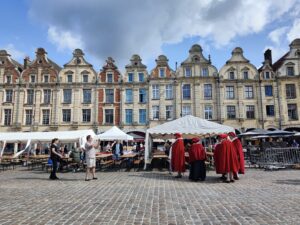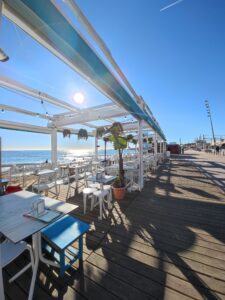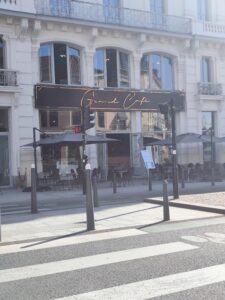
When thinking of France, the mind often wanders to the sun-kissed vineyards of Bordeaux, the chic boulevards of Paris, or the lavender fields of Provence. Yet, a lesser-known region is quietly gaining attention as a potential hotspot—both for travel and future living. The Côte d’Opale (Opal Coast), a stunning stretch of coastline in northern France, has recently been thrust into the spotlight for a reason that’s as practical as it is alluring: it might be one of the most habitable places in the country as climate change worsens.
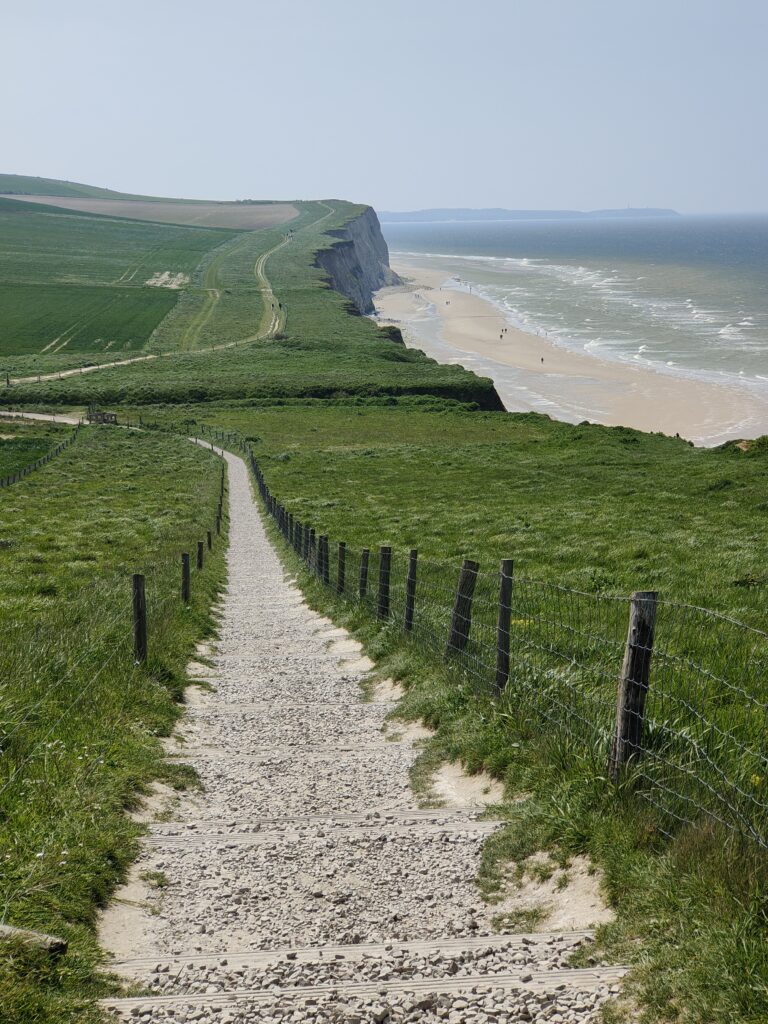
The Climate Refuge of the Future?
Recent studies have highlighted the Côte d’Opale as a region with favorable conditions in the face of climate change. As global temperatures rise and extreme weather events become more common, this coastal gem offers a more temperate climate, cooler summers, and milder winters compared to other parts of France.
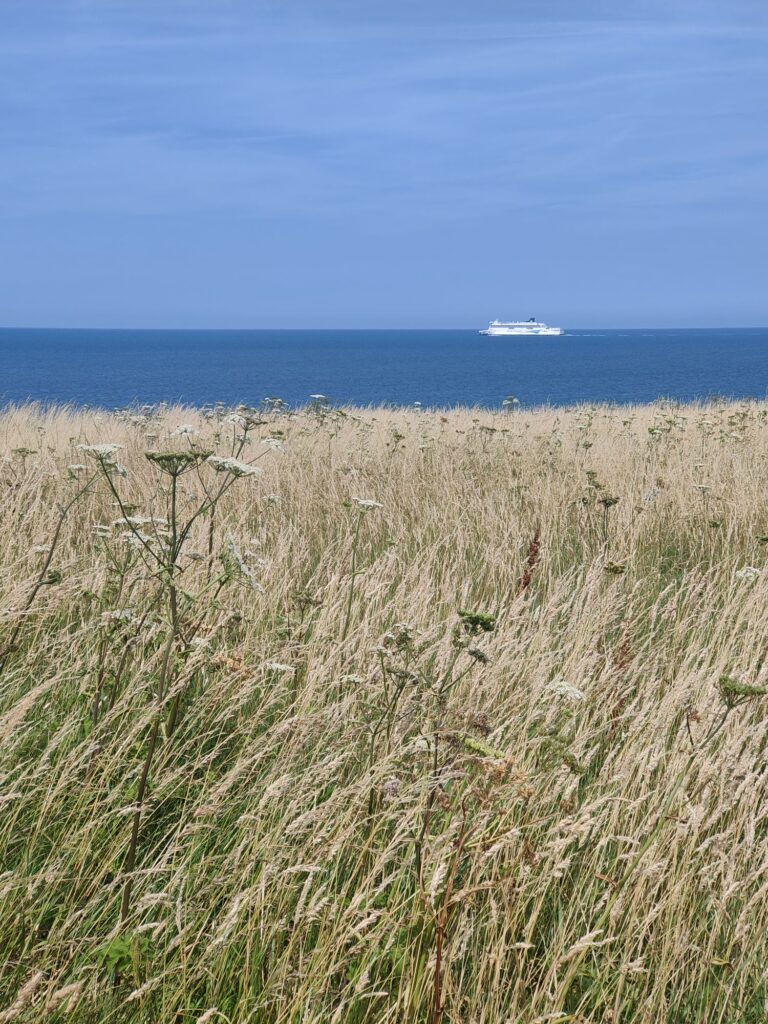
This could make it not just a desirable vacation spot but a potential refuge for those looking to escape the sweltering heat or unpredictable weather patterns of other regions.
A Landscape Rich in Beauty and History
The Côte d’Opale, stretching from Calais to Berck-sur-Mer, boasts a diverse landscape of rolling hills, dramatic cliffs, and sandy beaches. The region is famous for its rugged beauty, with the Cap Blanc-Nez and Cap Gris-Nez offering breathtaking views across the English Channel.
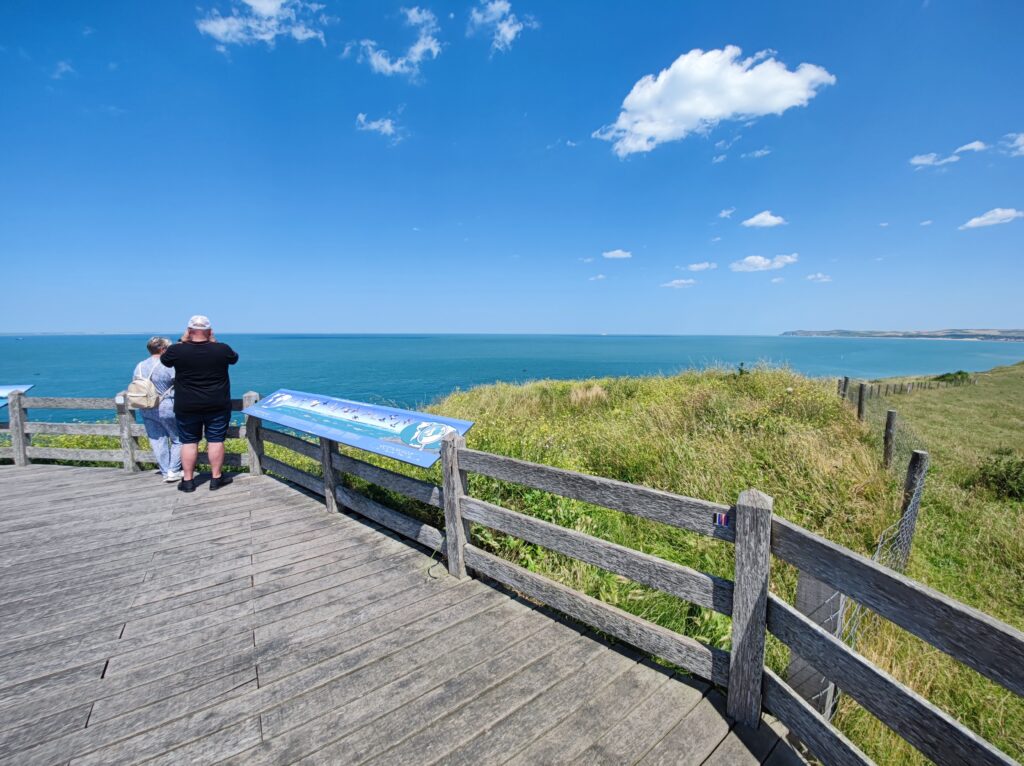
On clear days, you can even glimpse the white cliffs of Dover from these vantage points—a reminder of how close this region is to the UK, yet how distinctively French it remains.
Calais: The Gateway to France
Calais, often viewed as just a transit point, is in fact a vibrant city brimming with attractions. The Calais Lighthouse offers panoramic views of the city and the surrounding coastline, while the majestic Town Hall, with its distinctive belfry, is a UNESCO World Heritage site.
Art lovers will find Rodin’s famous statue, The Burghers of Calais, particularly moving, as it commemorates the city’s history during the Hundred Years’ War. Don’t miss the beautiful Notre-Dame Church, where Charles de Gaulle was married.
Boulogne-sur-Mer: A Town Steeped in History
Further down the coast lies Boulogne-sur-Mer, a city that perfectly blends history with modern-day charm. The old town is a must-visit, with its fortified walls, cobbled streets, and the magnificent Basilica of Notre-Dame de Boulogne.
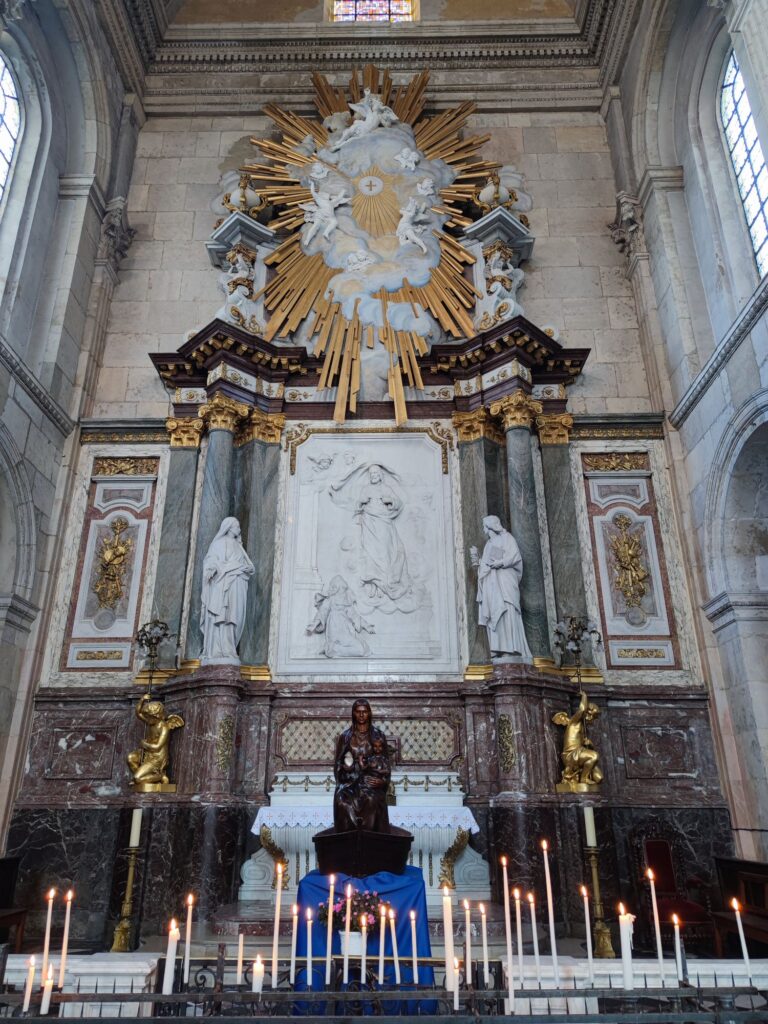
The basilica’s dome dominates the skyline, offering stunning views from its crypt and the upper levels. Nearby, the Château de Boulogne, which now houses the city’s museum, is a fascinating visit for those interested in Roman and medieval artifacts.
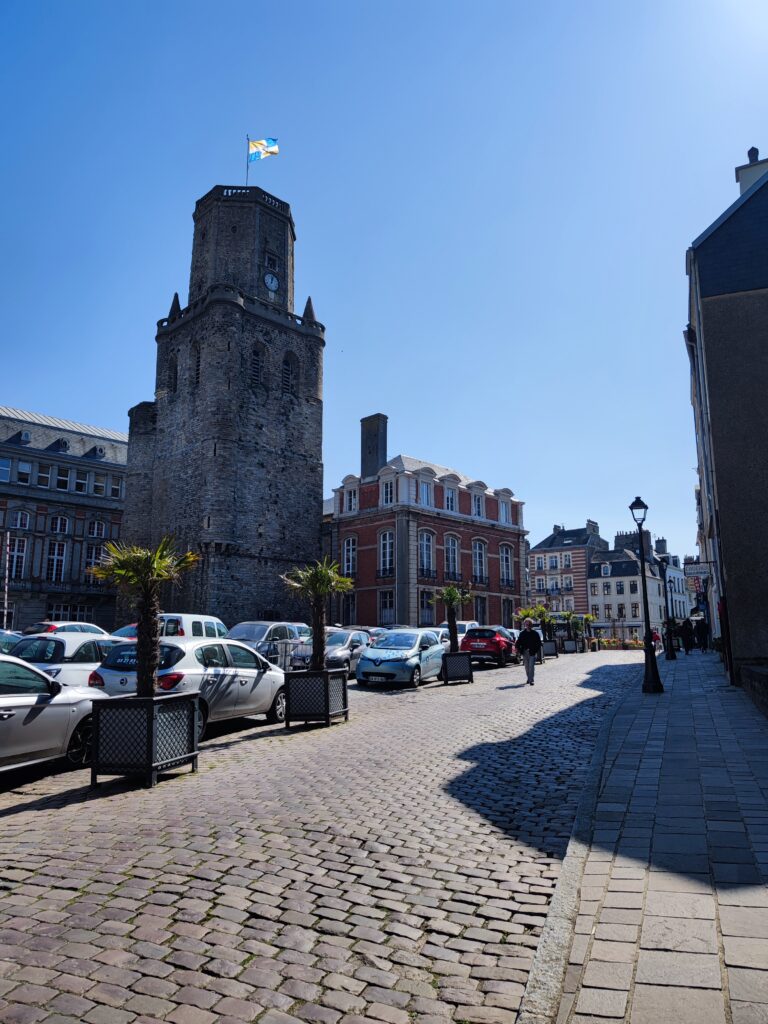
Boulogne is also home to Nausicaá, Europe’s largest aquarium, where visitors can experience the wonders of the marine world through immersive exhibits. From sharks to sea lions, Nausicaá is a perfect family-friendly destination highlighting the region’s deep connection to the sea.
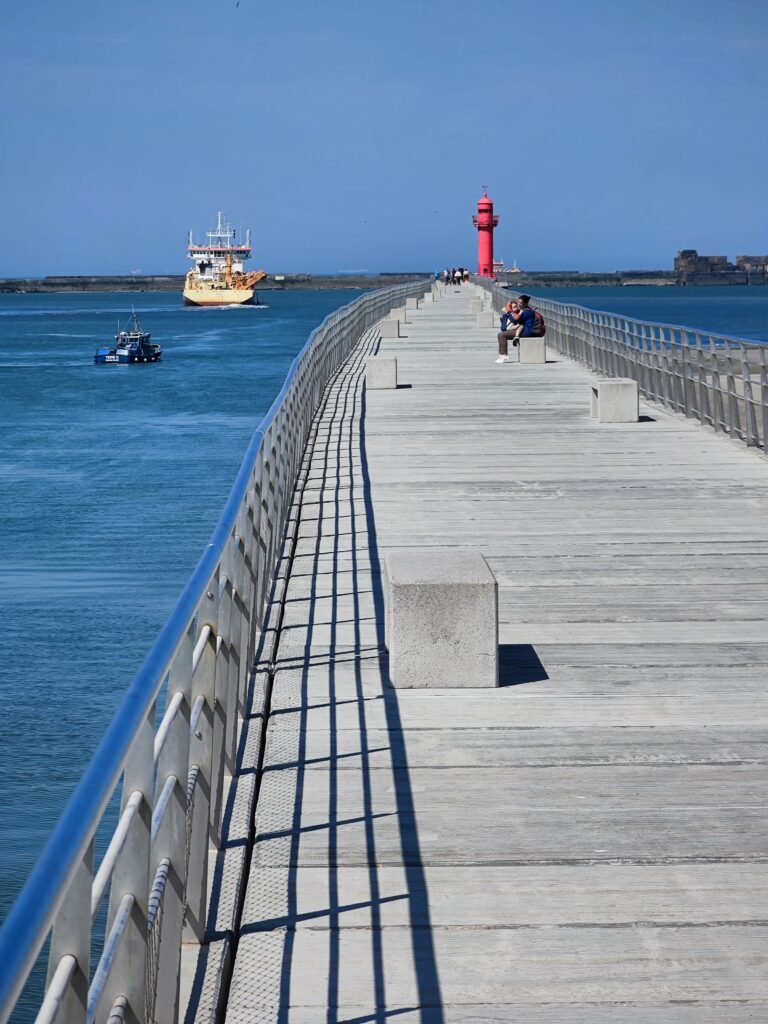
Le Touquet-Paris-Plage: The Jewel of the Opal Coast
Le Touquet-Paris-Plage, often referred to as the “Monaco of the North,” is a glamorous seaside resort that has been a favorite of Parisians for decades. Known for its elegant villas, chic boutiques, and wide sandy beaches, Le Touquet offers a perfect blend of relaxation and sophistication. The town’s iconic lighthouse, which stands tall above the surrounding dunes, is a must-see, offering spectacular views over the coast.
For those looking for more active pursuits, Le Touquet is famous for its wide range of sports activities, from horse riding on the beach to playing a round at its world-class golf courses. The town also has a thriving arts scene, with several galleries and cultural events taking place throughout the year.
The Charm of Lesser-Known Villages
While the larger towns and cities along the Côte d’Opale are certainly worth exploring, the region’s true charm lies in its lesser-known villages and countryside. The village of Wissant, nestled between Cap Blanc-Nez and Cap Gris-Nez, is a favorite among wind and kite surfers. Its wide sandy beach and quaint village center make it a perfect spot for a laid-back getaway.
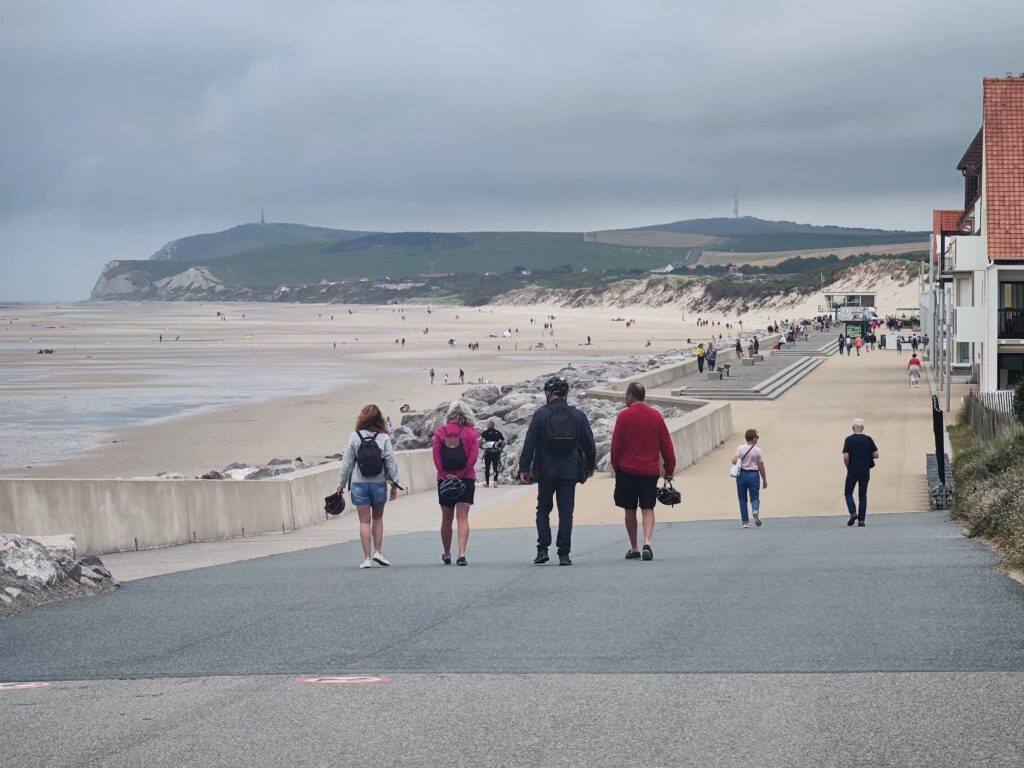
Meanwhile, the picturesque village of Audresselles offers a glimpse into traditional French coastal life. With its stone houses, colorful fishing boats, and cozy seafood restaurants, Audresselles feels like a step back in time. This is the place to savor local delicacies like freshly caught lobster or crab, served with a side of sea views.
Outdoor Adventures and Gastronomic Delights
Beyond its historical allure, the Côte d’Opale is a playground for outdoor enthusiasts. The expansive beaches and dunes are perfect for activities like hiking, kite surfing, and sand yachting. The long-distance hiking trail, GR120, known as the “Sentier des Douaniers,” runs along the coast, offering breathtaking views of the cliffs and sea. Whether you’re an avid hiker or just enjoy a leisurely stroll, this trail is an ideal way to soak in the natural beauty of the region.
Nature reserves like Les Deux-Caps are ideal for birdwatching, while the Parc Naturel Régional des Caps et Marais d’Opale offers trails that wind through forests and wetlands, providing a peaceful retreat into nature. For a unique experience, explore the Marais Audomarois, a UNESCO biosphere reserve near Saint-Omer, where you can take a boat ride through the picturesque marshlands, home to an incredible variety of flora and fauna.
Of course, no visit to the Côte d’Opale would be complete without indulging in its culinary offerings. The region is a seafood lover’s paradise, with fresh catches like mussels, scallops, and sole featuring prominently on local menus.
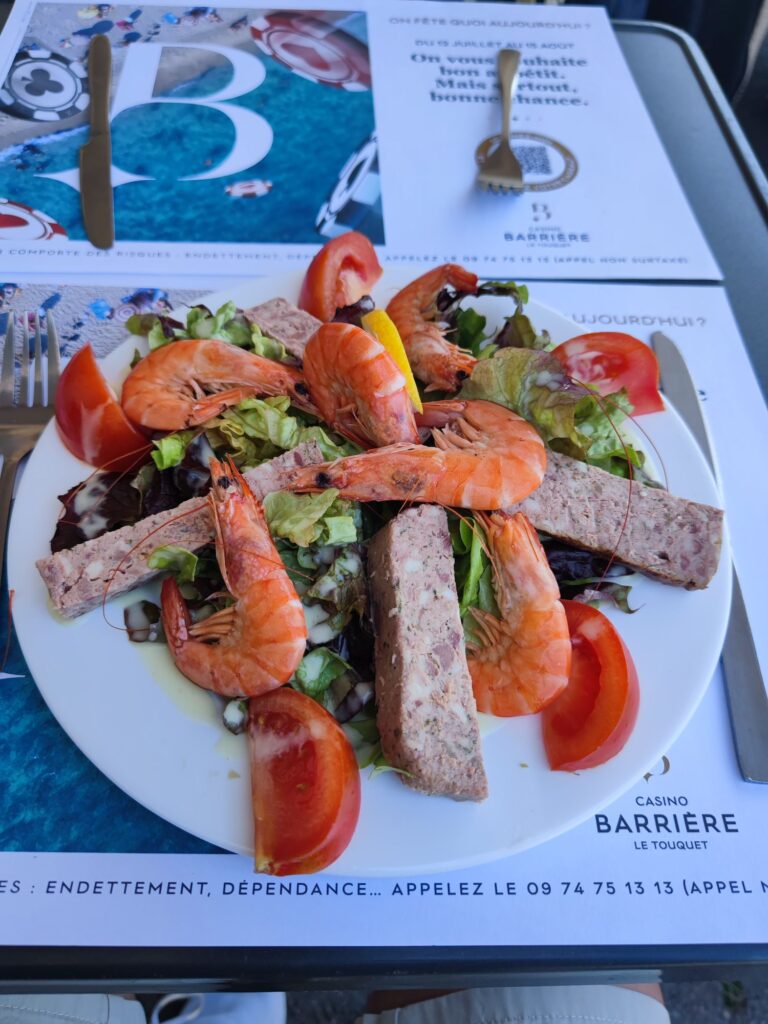
Pair these with a crisp white wine from the region’s vineyards, and you have a dining experience that rivals any in France. Don’t forget to try the local specialties such as “welsh,” a delicious cheesy dish, or the famous *potjevleesch*, a cold meat terrine that reflects the region’s Flemish influences.
The Hidden Gem with Bright Future Prospects
As the world grapples with the impacts of climate change, regions like the Côte d’Opale may become increasingly attractive, not just for their natural beauty and cultural heritage, but for their more sustainable and livable conditions. Whether you’re planning your next travel adventure or considering a future relocation, the Côte d’Opale is certainly a region to keep on your radar.
So, is the Côte d’Opale France’s next place to be? With its blend of scenic landscapes, rich history, and promising future, it just might be. Whether you visit now or find yourself there in years to come, this corner of northern France is poised to offer a sanctuary—both for the soul and for those seeking refuge from the changing world around us.


